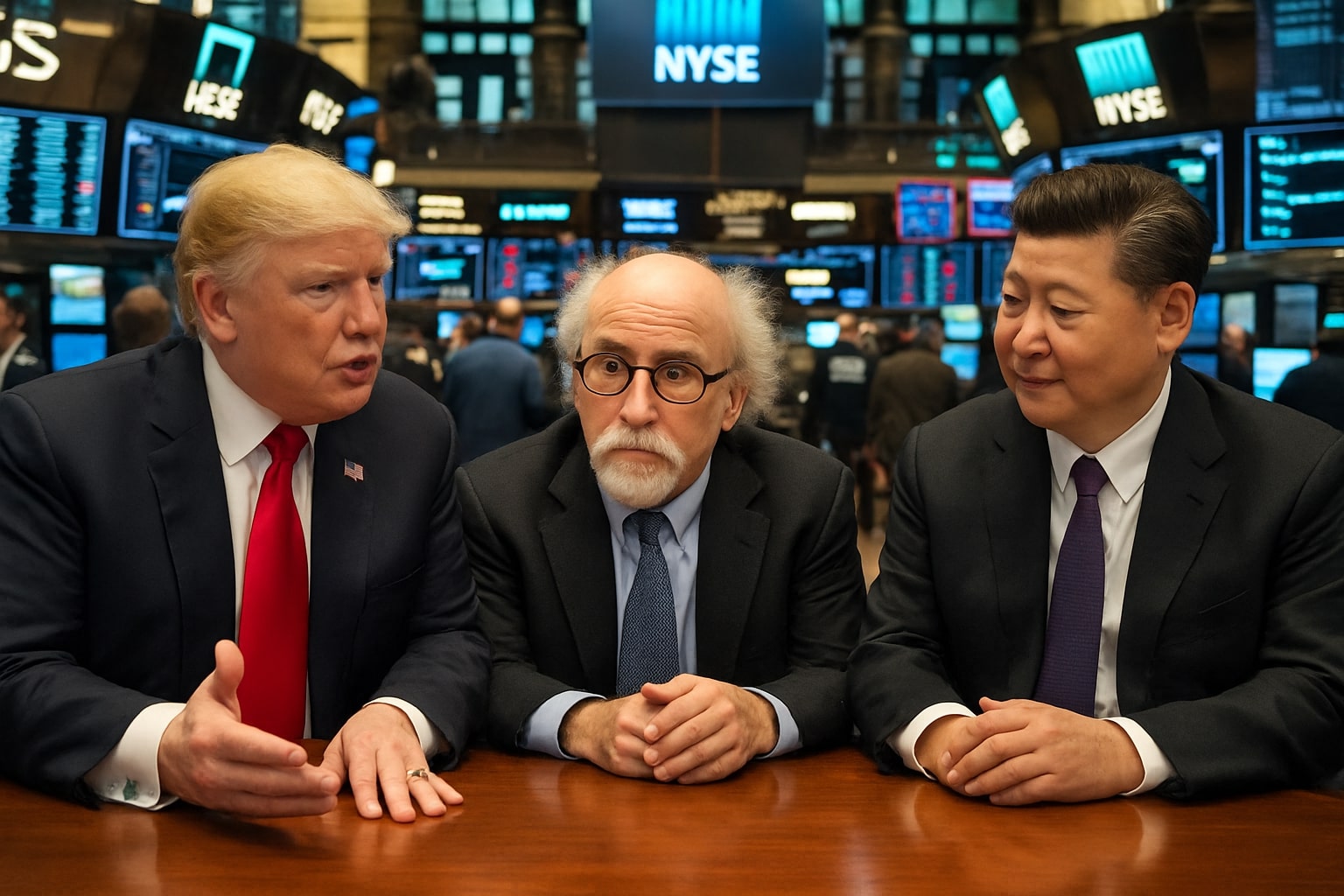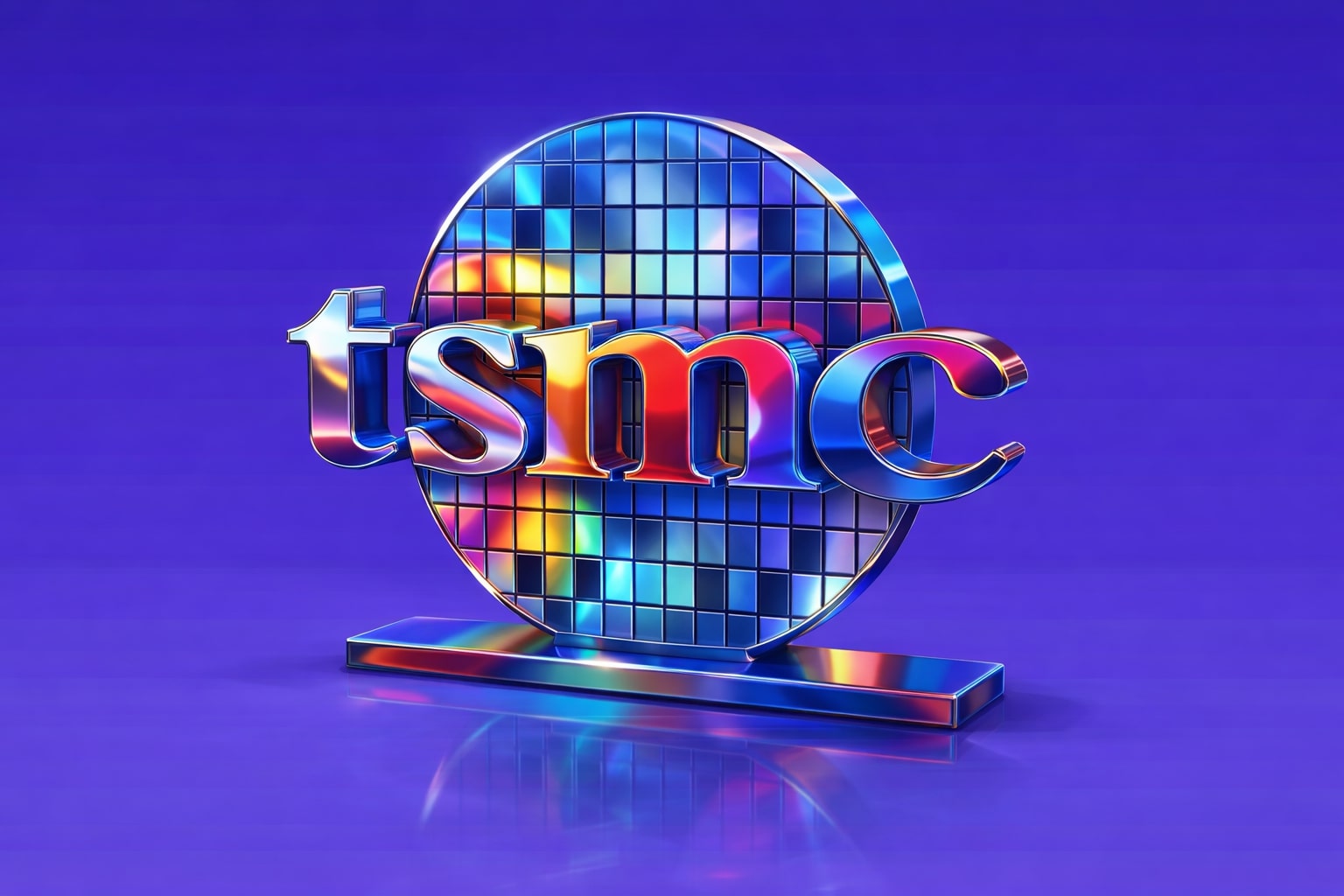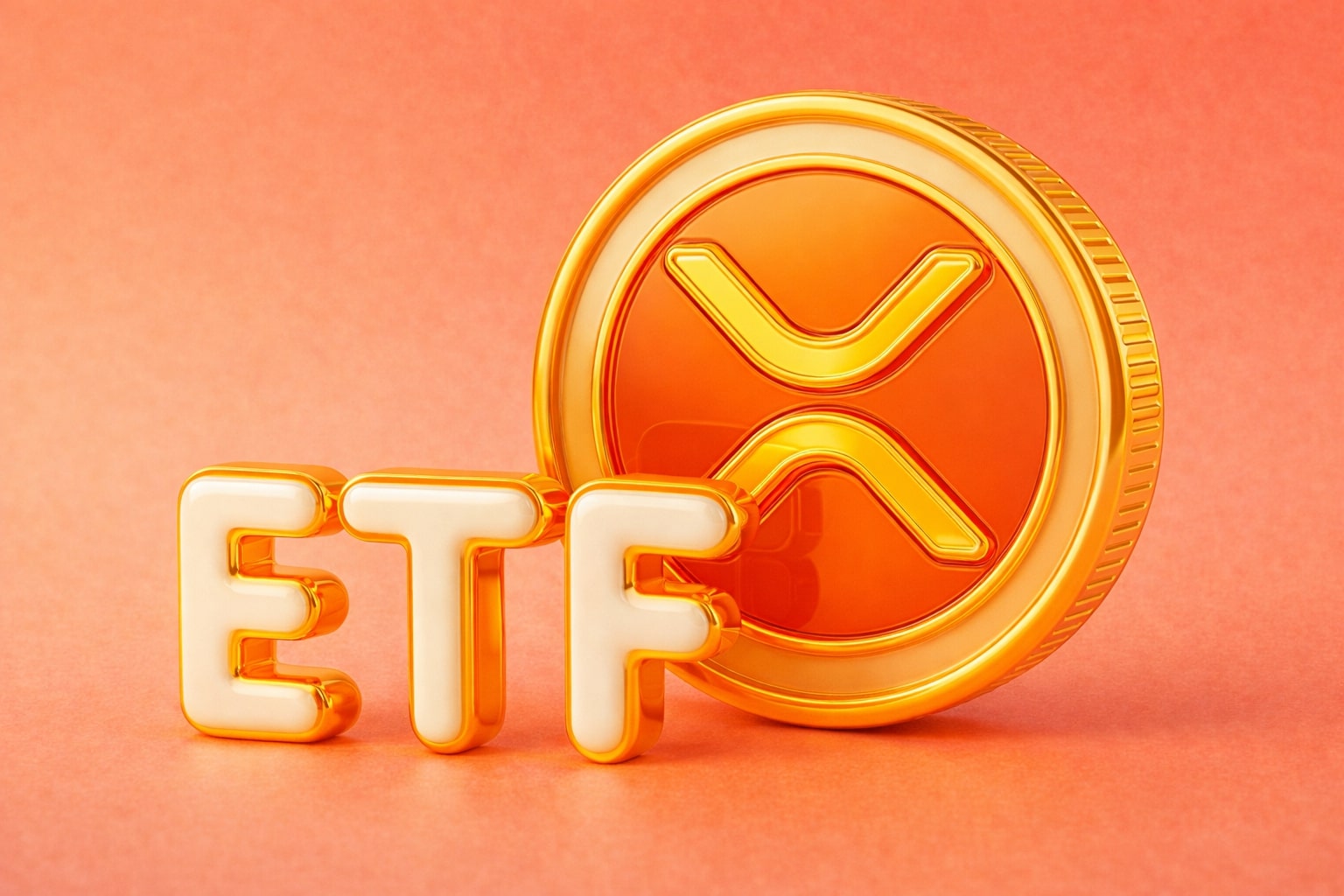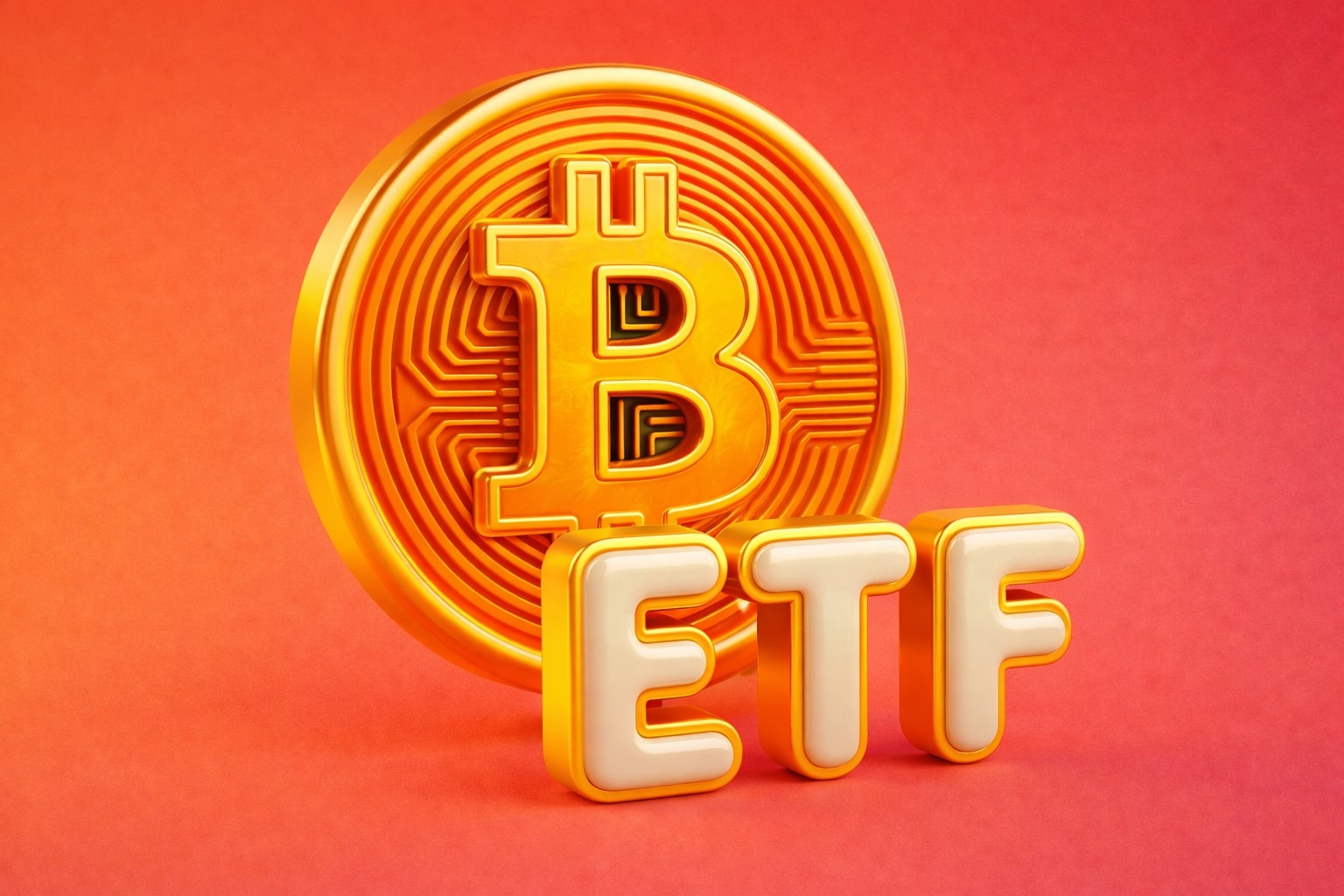
Market Awaiting Fed's Rate Decision and U.S.-China Trade Talks: What’s Next for S&P 500, Nasdaq, and Dow Jones?
Will U.S.-China Trade Talks and Fed's Rate Decision Shift the Market's Trajectory? | That's TradingNEWS
Market Analysis of U.S. Stock Movement and the Fed's Upcoming Rate Decision
As U.S. markets continue to grapple with the intersection of trade tensions, economic data, and Fed policy decisions, investors are positioning themselves cautiously ahead of the Federal Reserve's interest rate decision. The broader equity markets saw mixed results, with the S&P 500 edging up by 0.1%, while the Nasdaq Composite dipped by approximately 0.3%. In contrast, the Dow Jones Industrial Average gained 0.6%, driven by a notable 10% surge in Disney (DIS) shares, which reported a strong earnings beat.
Key Economic Data and Market Sentiment
Recent economic data, including the April jobs report, showing stronger-than-expected job growth, added to investor caution. With the S&P 500 and Nasdaq under pressure, the Dow managed to hold its ground due to positive Disney earnings and news of growing optimism around U.S.-China trade talks. Treasury Secretary Scott Bessent's announcement about a meeting between U.S. and Chinese officials in Switzerland has raised hopes of a potential de-escalation in trade tensions, providing short-term relief to markets, particularly in light of President Trump's tariffs.
However, investor sentiment remains fragile, as evidenced by the Nasdaq’s 0.3% decline despite the boost from Disney. The mixed economic signals—strong job growth but lingering inflationary concerns tied to tariffs—continue to fuel uncertainty. While the Fed is expected to keep rates unchanged at 4.25%-4.5%, the underlying economic data and trade concerns suggest that inflationary pressures may persist, complicating the central bank's policy stance. Investors are particularly keen on Jerome Powell's comments post-decision to better understand how the Fed plans to navigate these macroeconomic risks.
Fed's Rate Decision and Powell’s Dilemma
As market participants anticipate the Fed's decision, there is a high likelihood that the central bank will hold the interest rate steady at 4.25%-4.5%, where it has remained since December. However, Powell’s press conference later today will be critical in setting the tone for future rate hikes or cuts. The central bank's dilemma revolves around balancing its dual mandate of achieving price stability and fostering full employment, especially as Trump's tariffs add inflationary pressures to the economy.
Given the current economic data, such as the April jobs report, which indicated job growth of 177,000, Powell may be forced to adopt a cautious stance. With inflation concerns still high, especially as tariff-induced cost increases trickle through to consumers, Powell may refrain from signaling rate cuts in the near term. However, Vishal Khanduja, head of fixed income at Morgan Stanley, suggests that the recent economic data, including stronger-than-expected job growth, is overshadowing the Fed's decision. Traders are looking to Powell for insights on the Fed’s reaction function, particularly in the face of economic uncertainty and Trump's trade policies.
Sector and Stock Movements
Amid the broader market indecision, individual stocks have seen mixed results. Disney (DIS), for instance, has surged more than 10%, driven by strong fiscal second-quarter earnings and a positive forecast. Disney reported a 16% increase in earnings to $1.45 per share, surpassing analysts’ estimates of $1.20 per share, on $23.62 billion in revenue, also above the expected $23.14 billion. The company’s success is attributed to robust streaming subscriber growth and a rebound in its parks division.
Meanwhile, Uber (UBER) faced a drop of over 3% after missing first-quarter revenue estimates. The company posted $11.53 billion in revenue, falling short of the expected $11.62 billion. However, Uber’s outlook for the second quarter remains positive, with gross bookings expected between $45.75 billion to $47.25 billion, despite concerns about consumer spending slowdown in light of Trump's tariff policies.
Similarly, Super Micro Computer (SMCI) saw a nearly 6% dip following a revenue miss and a lowered full-year revenue outlook. The company’s struggles, stemming from trade uncertainties and competition in the AI sector, reflect the broader challenges faced by tech companies that rely on global supply chains and international markets.
On the other hand, Novo Nordisk (NVO) saw a positive reaction from the market, with shares rising 7%. This uptick came despite the company cutting its sales growth forecast for 2025. Investors are optimistic about the company’s Wegovy weight-loss medication, as hopes grow that a ban on copycat versions in the U.S. will help drive sales growth in the second half of 2025.
U.S.-China Trade Talks and Market Impact
The anticipation of the U.S.-China trade talks also plays a significant role in market sentiment. Treasury Secretary Scott Bessent emphasized that the upcoming discussions are not "advanced" but could pave the way for a more comprehensive deal later in the year. The impact of these trade talks could be substantial for industries heavily reliant on global supply chains, such as technology and manufacturing. The Dow Jones's rise in response to these talks indicates that investors are hoping for a de-escalation of tariffs, which have significantly impacted global markets, especially in industries like technology and consumer goods.
However, concerns over tariffs remain a significant concern for investors. Companies like Super Micro and Uber are particularly vulnerable to tariff-induced cost pressures, which could hurt their profitability. Investors are watching closely to see if the trade discussions lead to any tangible progress or if they simply end up being a short-term attempt to stabilize relations.
Energy Markets and Global Economic Measures
On the energy front, oil prices have risen for a second consecutive day, supported by optimism around the U.S.-China trade talks. Oil is seen as a barometer for global economic health, and a de-escalation in trade tensions between these two global economic giants could support a more stable economic outlook, thereby helping bolster energy prices. However, the longer-term trajectory of oil prices remains uncertain, particularly as OPEC+ continues its production policies, which have led to volatility in the oil markets.
Additionally, China’s central bank has taken steps to stimulate its economy by cutting interest rates and reducing lending requirements for banks. These measures, coupled with the opening of trade talks, have led to a modest rally in Asian stock indices, particularly in Japan and South Korea. The CSI 300 and Hang Seng indexes saw gains of 0.6% and 0.5%, respectively, indicating investor optimism over the potential resolution of tariff disputes.
Consumer Behavior and Tariff Impact
Finally, consumer behavior remains a critical factor in the broader economic outlook. Recent credit card data shows signs of a slowdown in consumer spending growth, with the Chase Spending data showing a 2.3% increase year-over-year, slower than the 2.7% increase in March. However, analysts note that this slowdown may be partially due to falling gas prices, which could be a temporary factor. Citi data shows a similar trend, with a decline in consumer spending in the first fiscal quarter of 2025. This slowdown in consumer spending is significant, as it could signal broader economic weakness that could influence the Fed’s policy decisions.
What’s Next?
With all eyes on the Federal Reserve’s rate decision and the outcome of the U.S.-China trade talks, the market finds itself at a critical juncture. The Fed's decision today could either affirm the current economic trajectory or indicate a shift toward more aggressive rate cuts if inflationary pressures subside. Meanwhile, progress—or lack thereof—in the trade negotiations could have profound implications for companies with global exposure. Investors should closely monitor Powell's press conference for signals on how the Fed plans to navigate these complex macroeconomic challenges.
As for the broader market, S&P 500, Nasdaq, and Dow will continue to be shaped by these intertwined economic factors. Traders should brace for potential volatility ahead, with the outcomes of these discussions likely influencing the trajectory of equity markets in the coming weeks.
That's TradingNEWS
Read More
-
UCO ETF Price Forecast: Can NYSEARCA:UCO at $18.57 Ride a 2026 Oil Squeeze?
18.12.2025 · TradingNEWS ArchiveStocks
-
XRPI at $10.50 and XRPR at $14.93 Hit XRP ETF Lows While XRP-USD Holds $1.84 After 30 Days of Inflows
18.12.2025 · TradingNEWS ArchiveCrypto
-
Natural Gas Price Forecast: Henry Hub Holds Around $4 as EIA Draw Hits 167 Bcf
18.12.2025 · TradingNEWS ArchiveCommodities
-
USD/JPY Price Forecast: Pair Holds Above 155 As BoJ And US CPI Set Up A Major Break
18.12.2025 · TradingNEWS ArchiveForex


















